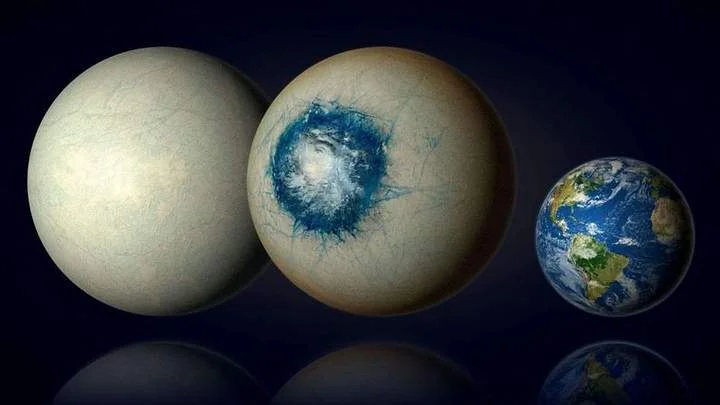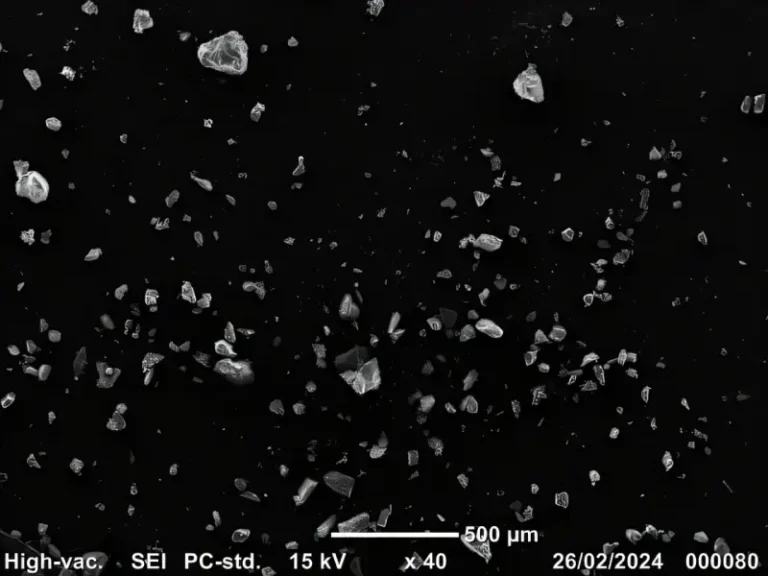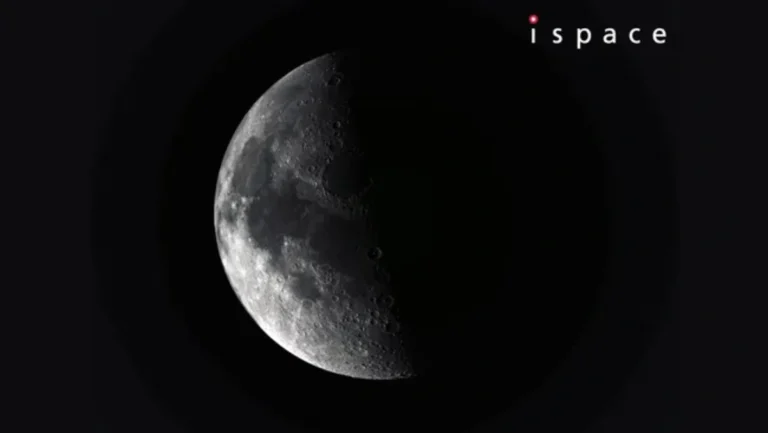Webb identifies an icy world in the constellation of Cetus

When the exoplanet LHS 1140 b was discovered, astronomers hypothesized that it could be a mini-Neptune – that is, a predominantly gaseous planet, but smaller than Neptune. However, after analyzing the latest data from the James Webb Space Telescope and combining it with data from Spitzer, Hubble and TESS, scientists have come to a different conclusion.
The new research, led by Charles Cadieux of the University of Montreal (UdeM), under the supervision of Professor René Doyon, reported new estimates of the mass and radius of LHS 1140 b with exceptional precision: 1.7 times the size of the Earth and 5.6 times its mass.
This was possible thanks to a discretionary observation time obtained from Webb last December, during which two transits of the exoplanet were observed with the Near-Infrared Imager and Slitless Spectrograph (NIRISS) instrument, built in Canada.
Analysis of these observations has largely ruled out the mini-Neptune scenario due to evidence suggesting that LHS 1140 b is a super-Earth that may even have a nitrogen-rich atmosphere. If this result is confirmed, it will be the first temperate planet to show signs of a secondary atmosphere.
Estimates based on all the accumulated data also reveal that LHS 1140 b is less dense than expected for a rocky planet with an Earth-like composition, suggesting that 10 to 20% of its mass could be made up of water. This makes it a convincing candidate to be a water world, probably similar to a snowball or ice planet with a circular liquid ocean on the surface area that is always facing the host star – due to the planet’s expected synchronous rotation.

“Of all the temperate exoplanets currently known, LHS 1140 b may be our best chance of indirectly confirming the presence of liquid water on the surface of an alien world beyond our solar system,” said Cadieux.
Although this is still a preliminary result, the presence of a nitrogen-rich atmosphere on LHS 1140 b suggests that the planet has maintained a substantial atmosphere, creating conditions conducive to the presence of liquid water.
According to current models, if this exoplanet had an Earth-like atmosphere, it would be a snowball with an ocean around 4,000 km in diameter. The surface temperature at the center of this extraterrestrial ocean, shaped like a bull’s-eye, could reach 20 °C.
The potential atmosphere of LHS 1140 b and its favorable conditions for liquid water offer a unique opportunity to study a world that could harbor life, given its location in the habitable zone of its star and the likelihood that it has an atmosphere capable of retaining heat and sustaining a stable climate.
To confirm the presence and composition of LHS 1140 b’s atmosphere and distinguish between the snowball planet and ocean planet scenarios, more observations are needed. The research team highlighted the need to observe more transits and eclipses with Webb, focusing on a specific signal that could reveal the presence of carbon dioxide. This characteristic is crucial for understanding the composition of the atmosphere and detecting possible greenhouse gases that could indicate habitable conditions on this exoplanet.
“Detecting an Earth-like atmosphere on a temperate planet pushes the resources of the James Webb Telescope to the limit. It is feasible; we just need a lot of observation time,” said Professor Doyon. “The current indication of a nitrogen-rich atmosphere needs to be confirmed by other data. We’ll need at least another year of observations to confirm that LHS 1140 b has an atmosphere and probably another two or three years to detect carbon dioxide.”
This is because the visibility of LHS 1140 b with Webb is limited and because only a maximum of eight observation periods per year are possible. But if the presence of an atmosphere and, indirectly, liquid water on its surface can be established, it will be worth spending time observing LHS 1140 b in the future!
The University of Montreal study is available on the arXiv preprint server and will soon be published in The Astrophysical Journal Letters.






